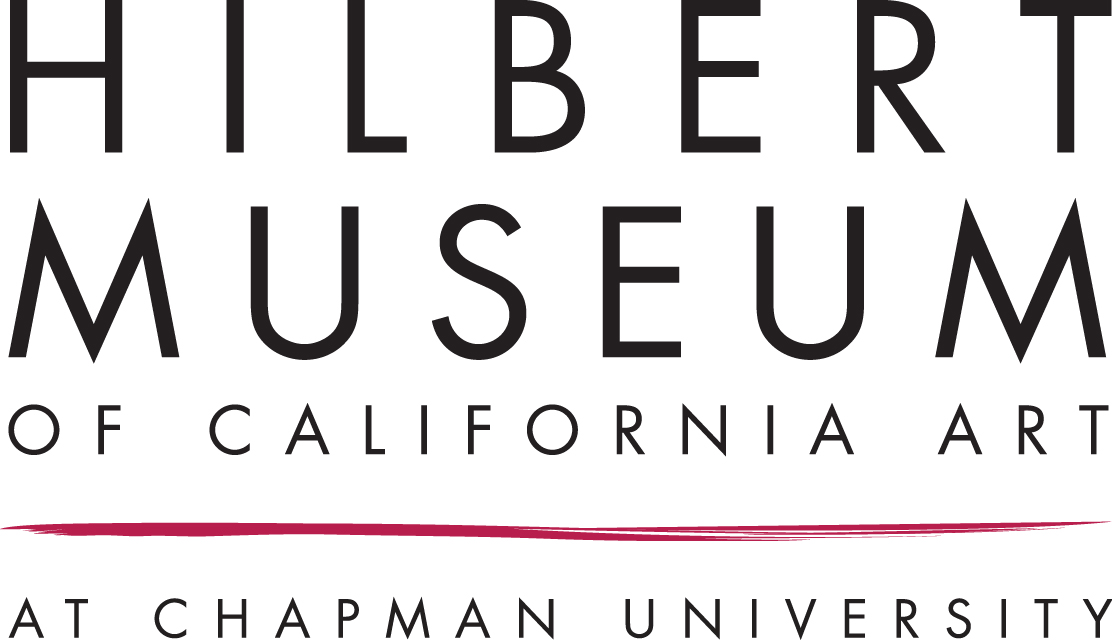California Masters: Modern Realist Works from The Hilbert Collection
Saturday, October 27, 2018 - Saturday, April 27, 2019
What is Modern Realism?
“Representational” is…a mouthful of a word, and not exactly enticing, so generally we use “realist” or “realism” instead. Problem is, “realism” has encompassed so much over time that it’s hard to visualize what it is now. Is it the peasant scenes made by Gustave Courbet in the mid-19th century, the gritty visions of city life painted by John Sloan or Edward Hopper, the slick surfaces of 1960s photorealism, the meticulous draftsmanship of 1990s classical realism? “Realism” is far from perfect, but it’s what we’ve got in our vocabulary for now.
More easily replaced, perhaps, is “contemporary.” How about “modern” instead? Purists say that “modernism” started in the late 19th century, reached its apogee during the mid-20th century, and lost its mojo in the 1980s. That may be true technically, but “modern” sure still has currency in the wide world. Every generation considers itself modern.
In the art arena, “modern realism” has been uttered by quite a few experts over the years, referencing an array of artworks…The Smithsonian American Art Museum used it to describe the marvelous Sara Roby collection it exhibited in 2014. The thoughtful curators at London’s Tate galleries use the term regularly... Not surprisingly, the American scholar John Wilmerding has used “modern realism” to describe the world of Edward Hopper and Andrew Wyeth, among other masters.
Does any of this matter? Possibly not, but I think it’s helpful to stir the pot every now and then, to remind everyone that the exciting art now being made across America (and indeed the world) will be better appreciated if “newcomers” know what to call it.
Peter Trippi, Fine Art Connoisseur (September-October 2018)
Image:
WARREN CHANG (b. 1957)
"Onion Field"
2017
Oil on canvas
The Hilbert Collection
“Representational” is…a mouthful of a word, and not exactly enticing, so generally we use “realist” or “realism” instead. Problem is, “realism” has encompassed so much over time that it’s hard to visualize what it is now. Is it the peasant scenes made by Gustave Courbet in the mid-19th century, the gritty visions of city life painted by John Sloan or Edward Hopper, the slick surfaces of 1960s photorealism, the meticulous draftsmanship of 1990s classical realism? “Realism” is far from perfect, but it’s what we’ve got in our vocabulary for now.
More easily replaced, perhaps, is “contemporary.” How about “modern” instead? Purists say that “modernism” started in the late 19th century, reached its apogee during the mid-20th century, and lost its mojo in the 1980s. That may be true technically, but “modern” sure still has currency in the wide world. Every generation considers itself modern.
In the art arena, “modern realism” has been uttered by quite a few experts over the years, referencing an array of artworks…The Smithsonian American Art Museum used it to describe the marvelous Sara Roby collection it exhibited in 2014. The thoughtful curators at London’s Tate galleries use the term regularly... Not surprisingly, the American scholar John Wilmerding has used “modern realism” to describe the world of Edward Hopper and Andrew Wyeth, among other masters.
Does any of this matter? Possibly not, but I think it’s helpful to stir the pot every now and then, to remind everyone that the exciting art now being made across America (and indeed the world) will be better appreciated if “newcomers” know what to call it.
Peter Trippi, Fine Art Connoisseur (September-October 2018)
Image:
WARREN CHANG (b. 1957)
"Onion Field"
2017
Oil on canvas
The Hilbert Collection



